Rising Healthcare Expenditure
An upward trend in healthcare expenditure is significantly impacting the Global Rheumatic Fever Market Industry. As countries allocate more resources to healthcare, there is a corresponding increase in funding for rheumatic fever prevention and treatment programs. This financial commitment is likely to enhance access to healthcare services, including diagnostics and therapeutics for rheumatic fever. Moreover, higher healthcare spending often correlates with improved infrastructure and availability of medical supplies, which could further stimulate market growth. The anticipated rise in market value to 1.58 USD Billion by 2035 reflects this positive trend in healthcare investment.
Growing Awareness and Education
The Global Rheumatic Fever Market Industry is benefiting from heightened awareness and education regarding the disease. Increased public knowledge about the symptoms and complications of rheumatic fever is likely to lead to earlier diagnosis and treatment. Educational campaigns by health authorities and non-governmental organizations are crucial in disseminating information about prevention strategies, particularly in high-risk populations. This growing awareness is expected to drive market demand as more individuals seek medical attention for rheumatic fever symptoms. Consequently, the market is poised for substantial growth as educational initiatives continue to expand globally.
Increased Government Initiatives
Government initiatives aimed at combating rheumatic fever are playing a crucial role in shaping the Global Rheumatic Fever Market Industry. Various health organizations are implementing programs focused on prevention, early detection, and treatment of rheumatic fever. For example, national health campaigns promoting awareness about streptococcal infections are likely to lead to increased screening and treatment rates. These initiatives not only enhance public health outcomes but also stimulate market growth by increasing the demand for healthcare services and products related to rheumatic fever management. Such efforts are expected to contribute to a compound annual growth rate of 14.38% from 2025 to 2035.
Rising Incidence of Rheumatic Fever
The Global Rheumatic Fever Market Industry is experiencing growth driven by the increasing incidence of rheumatic fever, particularly in low- and middle-income countries. The World Health Organization indicates that rheumatic fever remains a significant public health concern, with millions affected annually. This rising prevalence is likely to drive demand for effective treatment options and preventive measures. As awareness increases, healthcare systems are focusing on early diagnosis and management, which could potentially enhance market growth. The market is projected to reach 0.36 USD Billion in 2024, reflecting the urgent need for interventions in affected populations.
Advancements in Treatment Modalities
Innovations in treatment modalities are propelling the Global Rheumatic Fever Market Industry forward. Recent developments in antibiotic therapies and anti-inflammatory medications are enhancing patient outcomes and reducing complications associated with rheumatic fever. For instance, the introduction of long-acting penicillin formulations has shown promise in preventing recurrent rheumatic fever. These advancements not only improve patient adherence but also reduce the burden on healthcare systems. As the market evolves, it is expected to grow significantly, with projections indicating a rise to 1.58 USD Billion by 2035, driven by these therapeutic innovations.


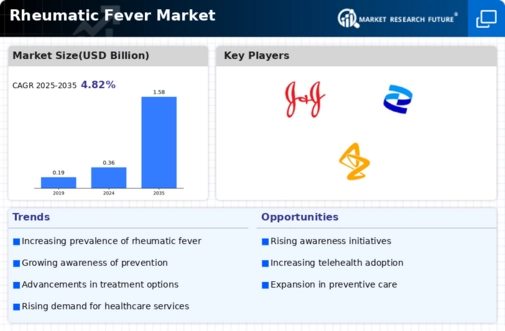
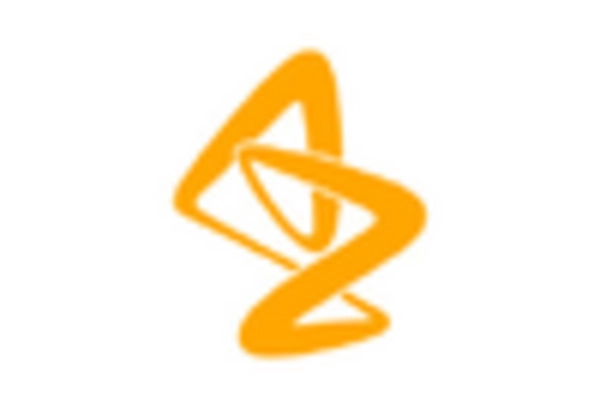
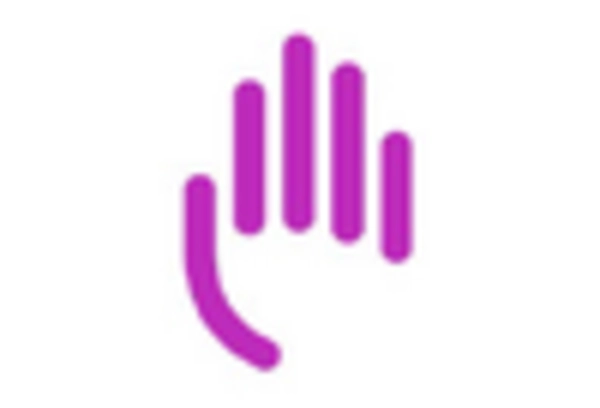
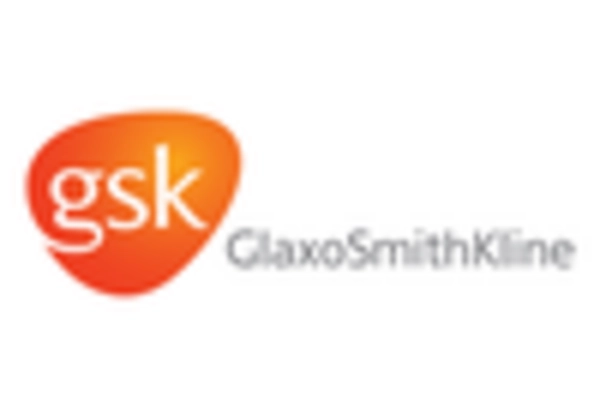
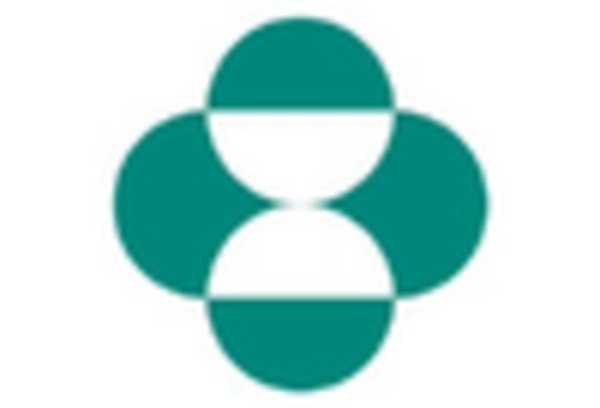
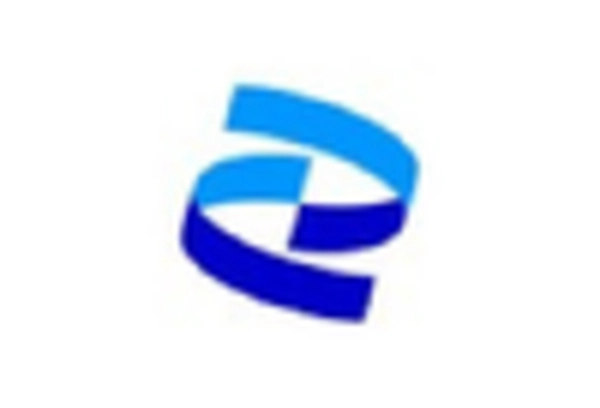
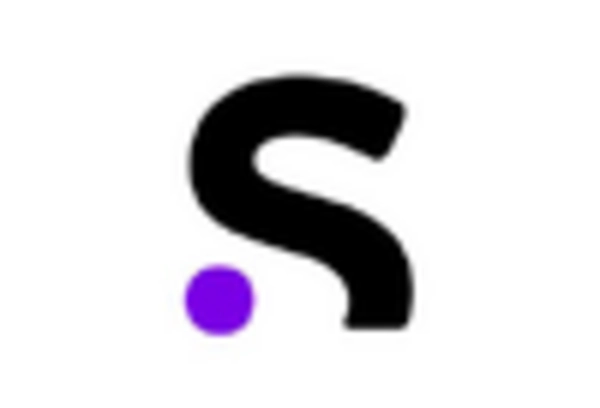








Leave a Comment